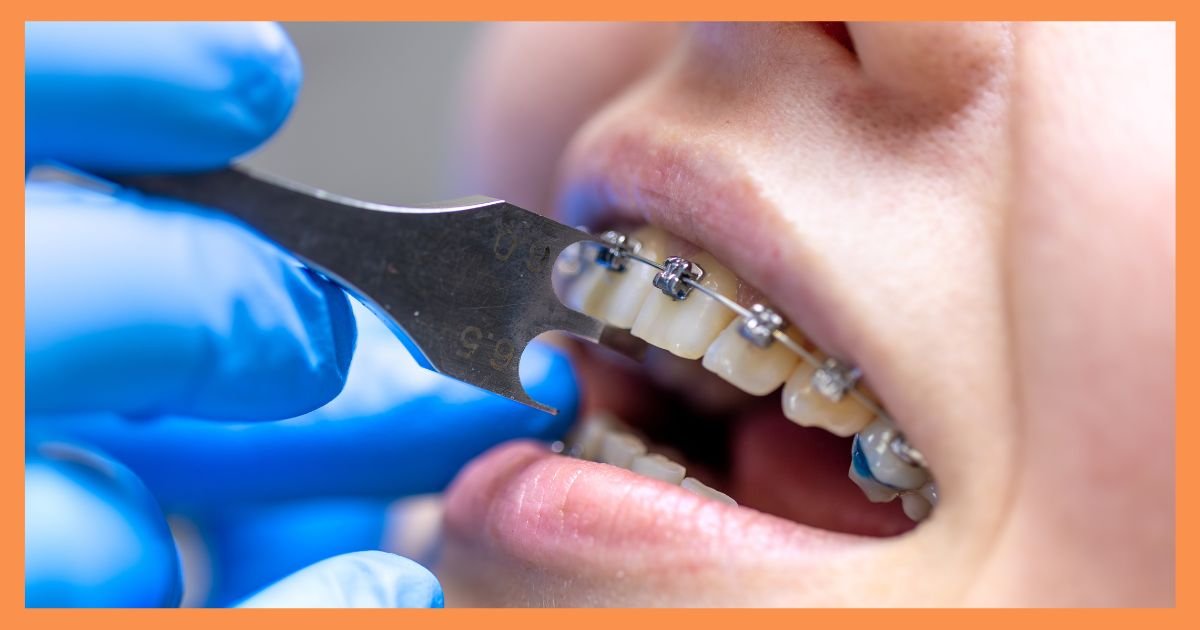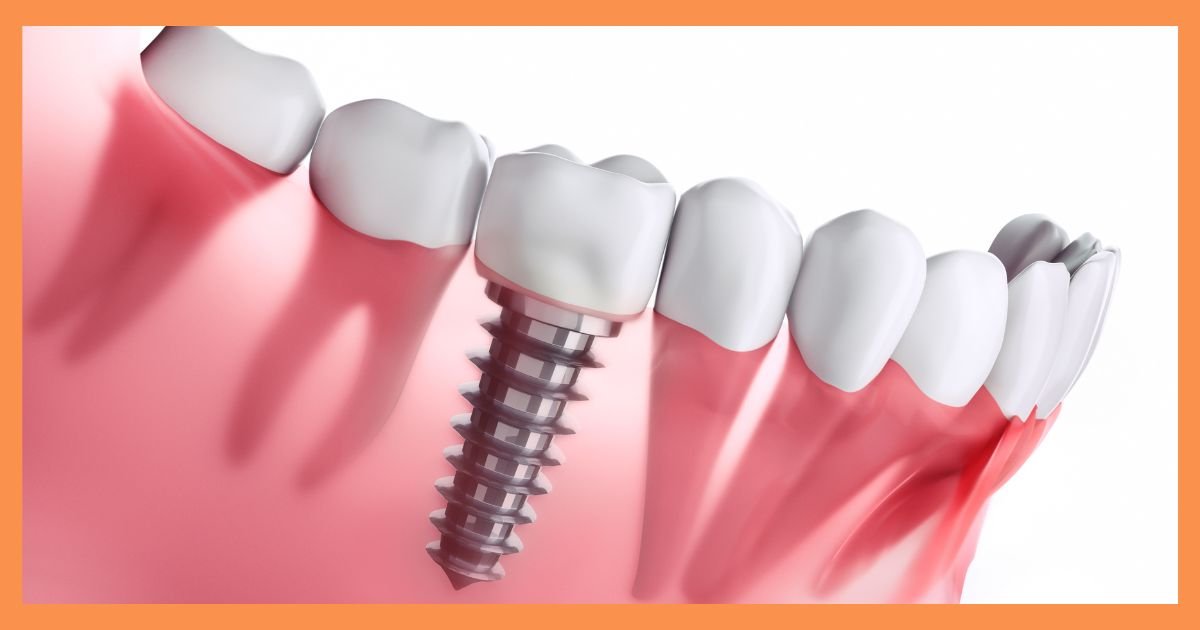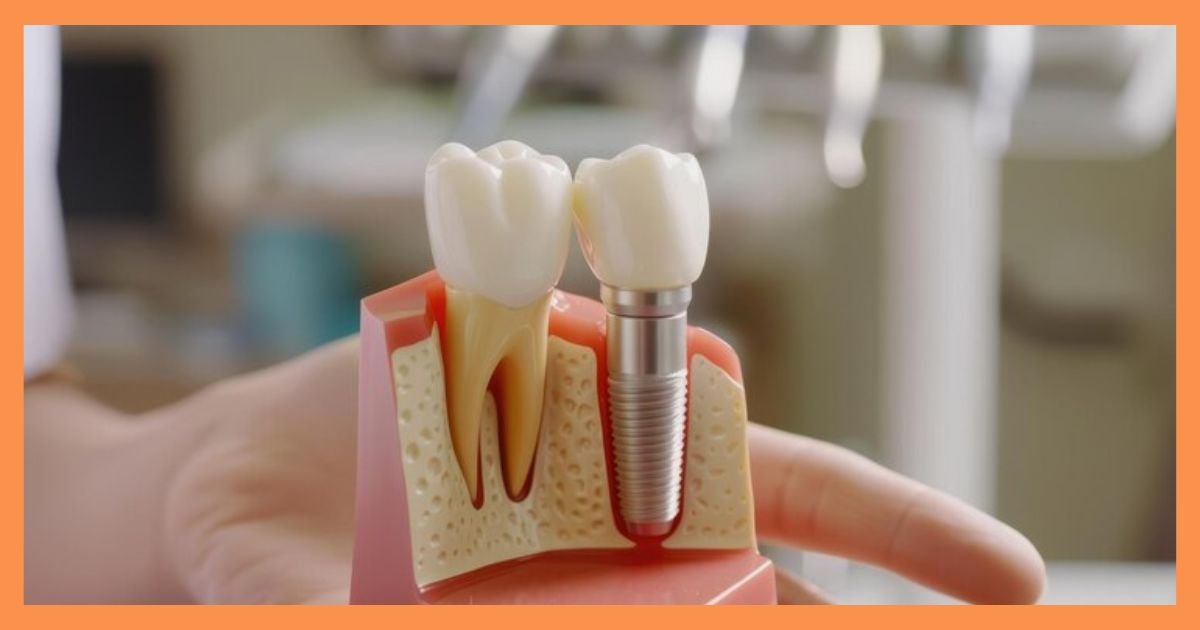Dental implants have become the gold standard for replacing missing teeth. It is undoubtedly a long-lasting and natural-looking solution. The process of getting an implant involves a lot of steps, from consultation to recovery. If you are getting implants, then understanding these steps can help you feel prepared and confident. In this blog, you will get a step-by-step guide on dental implants and what to expect from the procedure, so without wasting much time, let’s dive right into it.
Initial Consultation
The journey begins with a comprehensive consultation. During this visit, an implantologist evaluates the patient’s oral health, medical history, and jawbone structure. Advanced imaging techniques, such as X-rays or CBCT scans, are used to assess bone density and identify any underlying dental issues. Additional procedures like bone grafting may be recommended to strengthen the jawbone before implant placement.
Personalised Treatment Planning
Following the assessment, a customised treatment plan is created. This plan outlines the number of implants needed, the type of restoration (single crown, bridge, or denture), and any preparatory procedures required.
To ensure clarity, the timeline, costs, and expected outcomes are also discussed. For personalised treatment planning, book an appointment with our implantologist in Gurgaon.
Implant Placement Surgery
Once the treatment plan is finalised, the implant placement procedure is scheduled. This minor surgical procedure is performed under local anaesthesia or sedation for patient comfort. A small incision is made in the gum, and a titanium implant post is carefully inserted into the jawbone. The post serves as an artificial tooth root, providing a strong foundation for the final restoration. The gum is then sutured, and a temporary restoration may be placed in some cases.
Healing and Osseointegration
After the implant is placed, a healing period of three to six months follows. During this time, a natural process called osseointegration occurs, where the implant fuses with the surrounding jawbone.
This integration is crucial for ensuring stability and long-term success. Mild discomfort, swelling, or bruising may occur in the days following surgery, but these symptoms typically subside with proper aftercare and prescribed medications.
Abutment Placement
Once the implant has successfully integrated with the bone, an abutment is attached. The abutment acts as a connector between the implant post and the final prosthetic tooth. In some cases, this step is completed during the initial surgery, reducing the number of procedures needed.
Final Prosthesis Placement
Once the implant is fully healed, a custom-made crown, bridge, or denture is designed to match the patient’s natural teeth in shape, size, and colour. The final prosthesis is securely attached to the abutment, restoring both function and aesthetics. You can now visit our implantologist in Sector 83, Gurgaon.
Recovery and Long-Term Care
Proper post-surgical care is essential for the longevity of dental implants. Patients are advised to maintain excellent oral hygiene, including regular brushing, flossing, and routine dental checkups. Avoiding smoking and following a balanced diet further contribute to implant success. With the right care, dental implants can last a lifetime, providing a confident and healthy smile.
Conclusion
The process of getting dental implants involves careful planning, precise surgical techniques, and dedicated aftercare. Each step plays a vital role in achieving a strong and natural-looking restoration. If you want the best results, then make sure to consult an experienced implantologist in Sector 54 Gurgaon.








